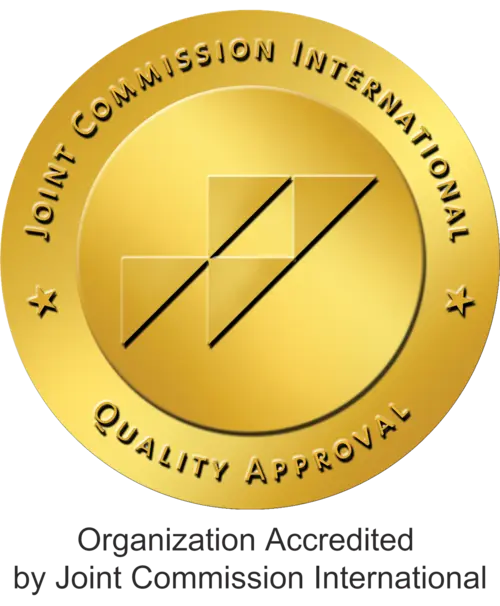Ultimate Surgical Solution for Short Stature
Efficient Surgical Solution for Short Stature in NP ISTANBUL Brain Hospital
NP Istanbul Hospital multidisciplinary team of experts collaborates and successfully treats patients with all kinds of musculoskeletal system disorders both congenital and acquired.
Our highly experienced orthopaedic surgeons provide their patients efficient and safe surgical treatments as well as up-to-date minimal invasive or even conservative ways of prevention, diagnosis, treatment of musculoskeletal conditions, aiming at restoring mobility and managing chronic pain.
What is Limb Lengthening?
Limb lengthening is a surgical technique, performed by an orthopaedic surgeon by means of osteotomy (cutting and reshaping of a deformed bone). The reshaped limb is then stabilized with the help of several different medical external and/or internal fixation devices or frames.
When Is Limb Lengthening Surgery Performed?
Limb lengthening is a surgical interventional procedure, which enables not only correcting limb length discrepancy of a congenital or required origin, but also minimizes negative effects on spine and the pelvic organs, knees of a patient. Limb lengthening is also performed to increase height by means of a new bone regeneration as well as ligaments, blood vessels, soft tissue and nerves that surround it.
Who Should Have Limb Lengthening?
Firstly, patients with significant leg length discrepancy regardless of whether it is of a congenital or acquired (i.e. a car accident injury) origin should consult an orthopaedic surgeon regarding leg lengthening alternatives. Besides, limb lengthening can be performed to those, who are not happy with their appearance from an aesthetic perspective.
Three Types of Limb Lengthening
There are three variants of this surgery, namely, External Fixation, LON Method (“lengthening over nails”), and, finally, Internal Magnetic Nail Lengthening.
- External Fixation Limb Lengthening
This method is also called “Ilizarov Technique”, basically, the surgeon inserts metallic fixators and pins inside a deformed bone or reshapes it if needed (osteotomy). Then, an external fixator frame is attached to those pins to secure and stabilise the bone. This major surgery requires 5 days of hospitalisation. When regeneration and consolidation phases are over, the external fixator can be removed. This usually happens one year after the limb lengthening operation. Patients should not miss their periodical follow up appointments.
- LON Method of Limb Lengthening
LON Method, i.e. “lengthening over nails”, suggests a combination of external and internal fixators (an intramedullary rod). During this surgery, the intramedullary rod is surgically embedded into the deformed bone and an external fixator device is attached to it. This method provides obvious advantages over the first one by enabling removal of the external fixators earlier, usually 4 months after the surgery. Nevertheless, the internal rod will stay inside until the bone fully regenerates, heals and consolidates. It usually takes one year.
- Remote-Controlled Magnetic Internal Limb Lengthening
Our well-trained and experienced orthopaedic surgeons can offer their patients a new generation technique of limb lengthening, using remote-controlled magnetic precise nail (rod), which allows accurate and well-controlled distraction. This method has made it possible to significantly reduce major postoperative complications. Patients are followed up bimonthly, and the rod is usually removed 3-4 months after the surgery.
Anaesthesia
The surgery is performed in a well-equipped JCI accredited operating theatre under general anaesthesia, therefore, a patient does not experience any discomfort or pain.
Eligibility Criteria for Limb Lengthening
Adults and children following the further criteria may be good candidates for limb lengthening:
- congenital bone deformities and discrepancies;
- malunion fractures;
- trauma-related bone issues;
- deformities occurred after infections or tumours.
Discharge and Recovery
Limb lengthening surgery suggests five days of hospitalisation. Physical therapy and rehabilitation is also highly recommended during the first few weeks. Patients who work hard on physical therapy in general have a better chance to speed up the heeling process and faster return to normal life.
How Long to Stay in Turkey?
Regardless of the limb lengthening method has applied, patients will need to stay in Turkey for about one month.
Where to Stay after Discharge?
After hospital discharge patients can stay in comfortable appealing boutique or residential hotels nearby, chosen by our International Department Team.
Free of Charge
- English, Arabic and Russian Speaking Translators;
- Wi-Fi;
- providing the copies of medical reports following the consultations in Turkish, English or Russian;
- transfer from the airport to the hospital/hotel (for inward patients);
- accommodation assistance (hotels, apartments, etc.);
- visa procedures assistance;
- estimating the cost of services, preparing proforma invoice;
- contacting international insurance companies.




